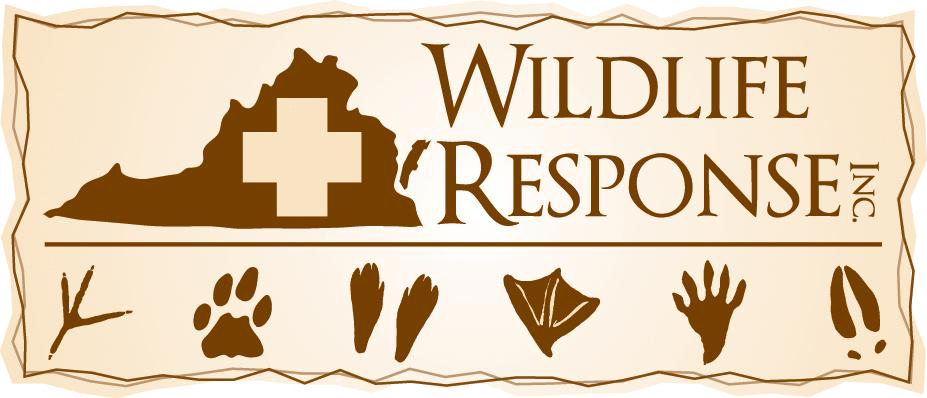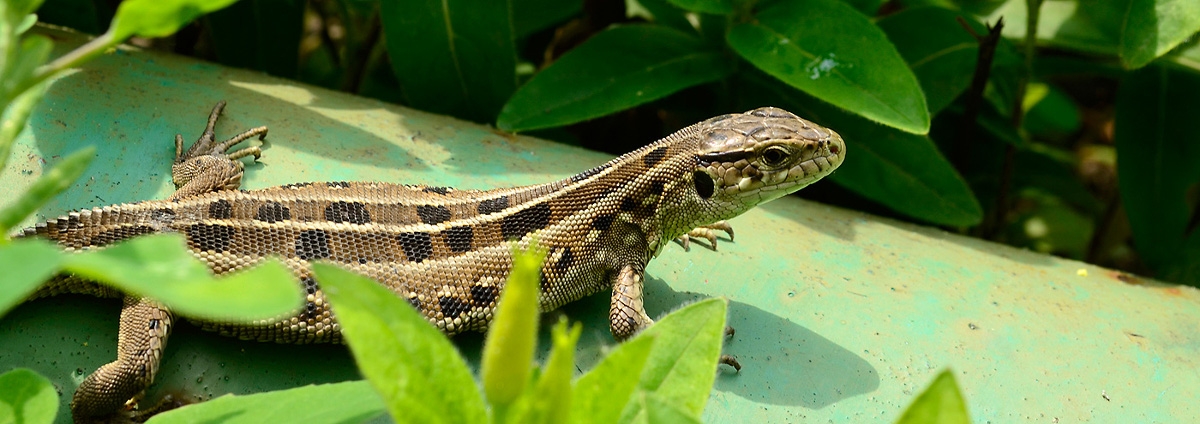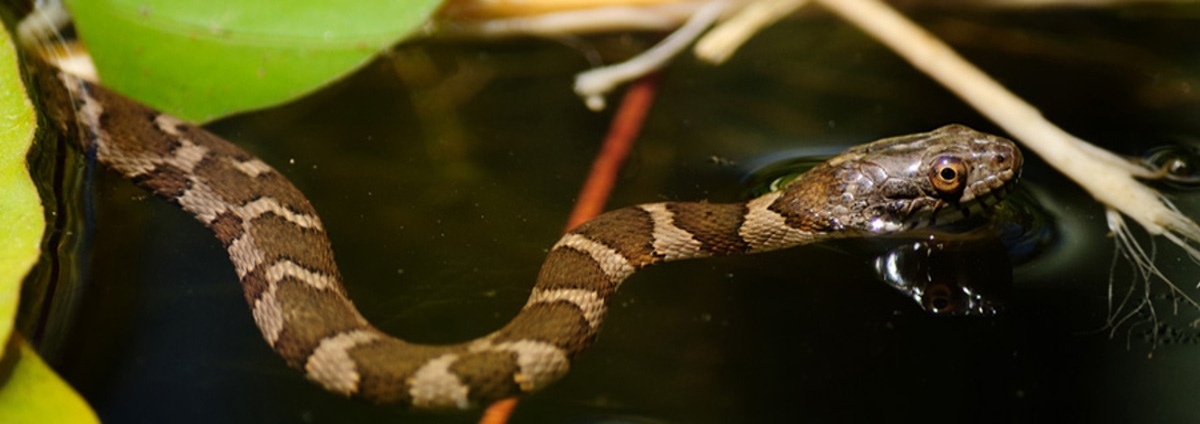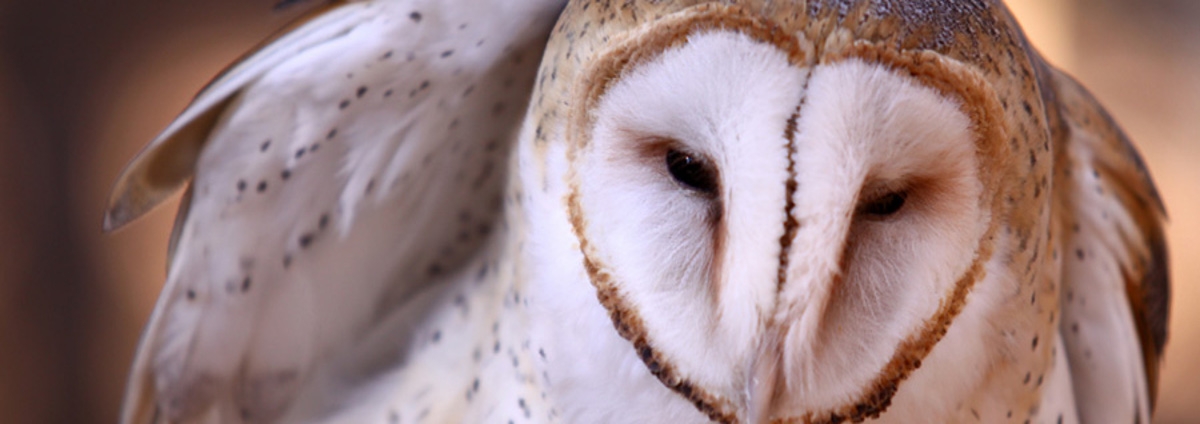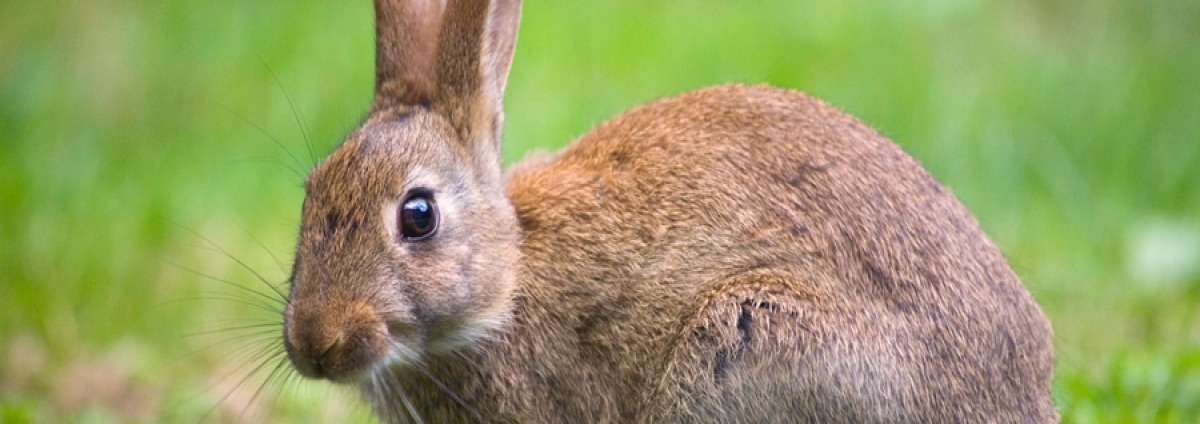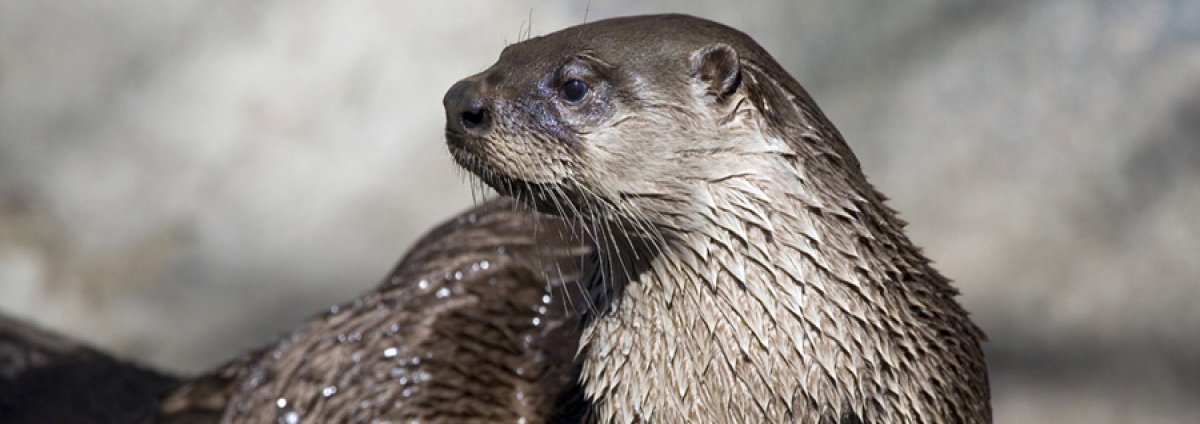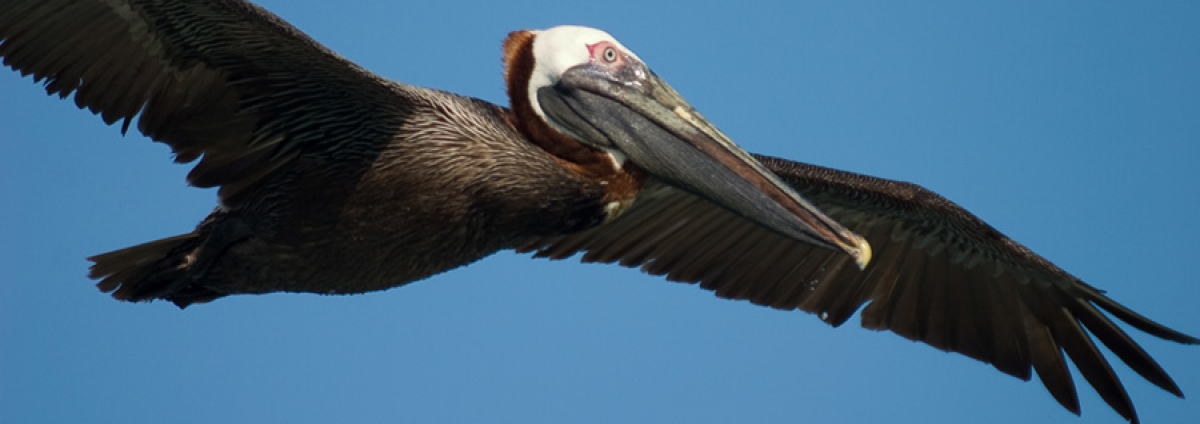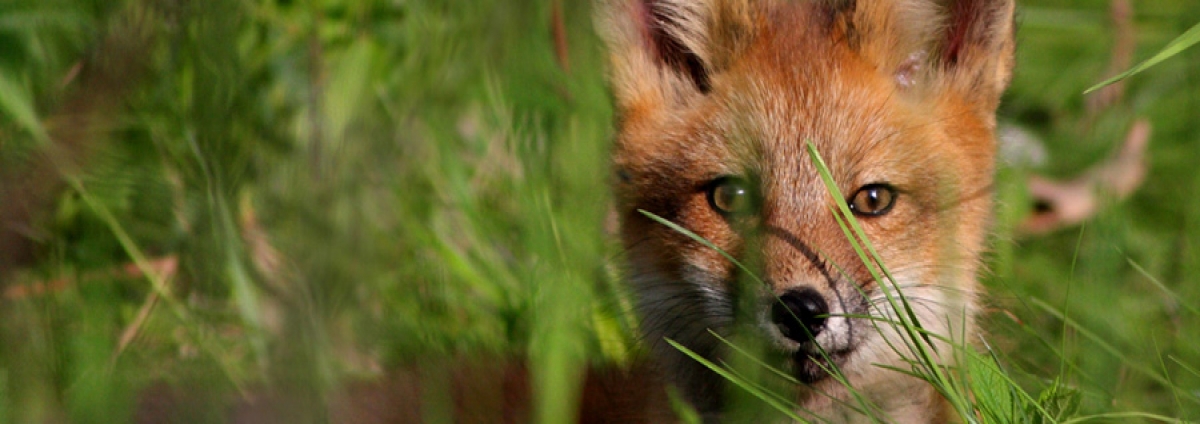Wildlife Response, Inc. is a distinctive 501c3 volunteer organization devoted solely to the care of orphaned, injured, and displaced native wildlife. We are dedicated to increasing awareness of wildlife rehabilitation to the public. Our organization depends primarily upon the private donations for its programs and services.
The Wildlife Response and Rehabilitation Center will be a centrally located facility where citizens, animal control officers and other agencies can drop off wildlife. In addition, the Center will provide a redistribution center for animals to be triaged, and then sent to permitted-based wildlife rehabilitators for care. The Center is expected to open in 2018.
Birds
Ruby-Throated Hummingbird
(Archilochus colubris)
 Ruby-throated Hummingbirds (RTHUs) are the most widely distributed of the world's 338 species of hummingbirds, all of which occur ONLY in the Western Hemisphere.
Ruby-throated Hummingbirds (RTHUs) are the most widely distributed of the world's 338 species of hummingbirds, all of which occur ONLY in the Western Hemisphere.
Ruby-throated Hummingbirds are Neotropical migrant insect- and nectar-eaters that breed from Florida to Maine; westward across the Great Plains to foothills of the Rockies; from south Texas north to southern Canada; and northwest into Alberta.
Little is known about autumn migrational routes. Some migrant RTHUs apparently fly from Florida to the Yucatan; however, many RTHUs gather in Louisiana or Texas in mid-September before flying across the Gulf, and some may take an overland route through Mexico. Even less is known about spring migrational paths.
There's good evidence that hummers do not fly very high during migration. Over land it is unlikely they get much above treetop height--the better for them to see potential food sources along the migratory route. Hot air balloonists have reported RTHUs at altitudes of up to 500 feet or so. It is certain that hummingbirds would never be able to survive cold temperatures at high altitudes used by waterfowl and larger songbirds, which helps refute the ludicrous myth that hummers hitchhike on the backs of Canada Geese. Over water, hummingbirds have been reported to migrate just above the wave tops; one observer even claimed some hummers get within the curl of a wave, thus allowing the wave itself to serve as a windbreak.
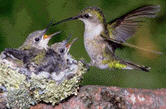 The Ruby-throated Hummingbird is often found in the ecotone--or edge--between woodland and meadow. In this habitat the bird is close to mature trees in which it typically nests, as well as near a profusion of flowering plants that supply nectar and support small insects--both of which make up its diet. It is a bird that has adapted well in many places to human development, but only if there are shelter, space, and food. Thus, it is frequently seen in suburban backyards with some mature trees and shrubs, in wooded parks, and around farmsteads and orchards. Although the RTHU may be found more frequently near hardwood forests, it also occurs in pine stands in parts of its breeding range. In Canada, its overall distribution stops at the southern edge of the dense boreal forest.
The Ruby-throated Hummingbird is often found in the ecotone--or edge--between woodland and meadow. In this habitat the bird is close to mature trees in which it typically nests, as well as near a profusion of flowering plants that supply nectar and support small insects--both of which make up its diet. It is a bird that has adapted well in many places to human development, but only if there are shelter, space, and food. Thus, it is frequently seen in suburban backyards with some mature trees and shrubs, in wooded parks, and around farmsteads and orchards. Although the RTHU may be found more frequently near hardwood forests, it also occurs in pine stands in parts of its breeding range. In Canada, its overall distribution stops at the southern edge of the dense boreal forest.
Observations in Mexico and Central America indicate that Ruby-throated Hummingbirds select similar habitats to those they use on the breeding and nesting grounds: the edges of thickets and second-growth forests where the woods interface with clearings such as pastures. As in North America, these locations are likely to have viable populations of flowering plants. It should be noted that SOME vegetation disturbance may benefit RTHUs because it results in more "edges," but clear-cutting eliminates all plants they need for nesting, roosting, and/or feeding.
Great Horned Owl
(Bubo virginianus)
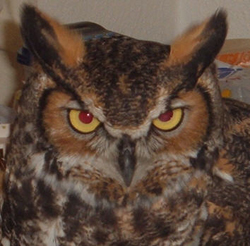 The Great Horned Owl is one of the larger owls in North America. The Great Horned Owl average size is 22 inches long with a wingspan of about 3 feet. The “horns” are only tufts of feathers. They are brown with some spotted coloration in darker shades of brown.
The Great Horned Owl is one of the larger owls in North America. The Great Horned Owl average size is 22 inches long with a wingspan of about 3 feet. The “horns” are only tufts of feathers. They are brown with some spotted coloration in darker shades of brown.
The Great Horned Owl mates in Late January or early February laying 2-3 eggs once a year. The eggs are incubated by both parents and hatch in about four weeks. The owls mature quickly.
This owl is found across North America in valleys, grasslands, woodlands, forests and city parks. Here in the Hampton Roads area it is found everywhere.
They eat mainly squirrels, rabbits, small mammals and other birds but are not limited to that diet. They swallow their food whole and later regurgitate what their body cannot process in owl pellets. They have excellent hearing and fly silently through the air that aids in hunting nocturnally. They will swoop down to catch their prey with powerful feet and talons.
Territories. The territory for a mated pairs may range 1/3 of a mile to 2-5 square miles. Some ornithologists (scientists who study birds) believe that owls form permanent pair-bonds. If one; after the courtship displays end, the male continues to hoot to maintain territory and the female remains near the selected nest until time to lay the eggs. She lays them in the debris (wood chips or other plant matter) in the bottom of the nest. The number of eggs laid seems to be linked to available food supplies. Normally the female lays 2-3 dull white, thick-shelled, oval-shaped eggs. Owls lay only one clutch of eggs per season. Some females nest only every other year. Females in prime habitat may nest every year.
Incubation of the eggs lasts through the winter. Both the females and the eggs can survive extremely cold weather. Incubation usually takes 26-35 days with both sexes sharing in the process. The male feeds the female during this time.
Once the owlets hatch, the male brings large quantities of food to the nest. Prey is stored in the nest, since young owlets will eat their nest mates if not kept constantly fed.
Newly hatched owls are covered with white natal (birth) down. Their eyes open at 9 days and function poorly for the first 2 weeks after opening. The owlet cannot hold up its head. After 3 weeks buff-colored, mottled looking down replaces the natal down. The owlets need constant brooding (female sits on nest and covers owlets) to protect them from cold and predators. A female owl will viciously attack both animal and human invaders during this time.
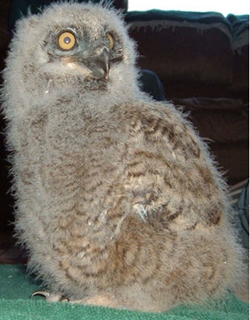 Owlets begin growing their primary feathers (main, adult feathers) at 3 weeks of age. They have light yellow eyes with blue pupils. Less brooding is necessary and they are very active about the nest. Owlets learn to eject excrement (body waste) over the side of the nest but sometimes fall due to their clumsiness. About this time the owlets begin using a defensive display when disturbed. They raise their feathers, fan their wings downward, and hiss or snap their bill.
Owlets begin growing their primary feathers (main, adult feathers) at 3 weeks of age. They have light yellow eyes with blue pupils. Less brooding is necessary and they are very active about the nest. Owlets learn to eject excrement (body waste) over the side of the nest but sometimes fall due to their clumsiness. About this time the owlets begin using a defensive display when disturbed. They raise their feathers, fan their wings downward, and hiss or snap their bill.
After 5-6 weeks, the female coaxes the owlets out of the nest by offering food from a nearby branch. At about 9-10 weeks old the owlets first flight out of the nest to the ground. They quickly scramble up a tree to get away from ground level predators. If approached by a predator, they assume a hiding pose by sitting still and erect against the side of the tree. If this pose fails they present the defensive display.
Feedings become irregular but the young owlets remain with the female and beg for food until September or October. During mid-June, the young owlets use their inborn instinct to attack prey. Young owls leave their parent's home range in autumn, when they are fully independent and can find their own hunting territory.
When a member of the pair dies, the survivor remains in the home territory until another mate arrives.
Owls defend their territories from other owls. Defense occurs during breeding times. It lasts from 1 month before breeding until the young owlets leave the parental territory. Adults may wander across territory lines for a short time before the next breeding season begins. They frequently allow other types of birds such as hawks to live in their territory.
Owls with large territories frequently spend each season in a different part of their territory. Owls use specific areas of their territory for nesting and roosting. Some birds use certain trees so regularly that observers can predict in which trees they will find the owl in during a specific season.
During the winter and fall, owls prefer evergreen roost trees since they provide daytime cover. When these are not available, owls will adapt to any place that provides as much concealment as possible during daylight hours. They seem to prefer to roost in isolated trees in small forest openings.
Red Tailed Hawk
(Buteo jamaicensis)
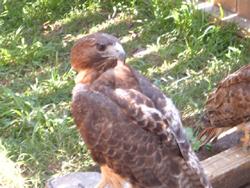 One of outmost common hawks, they live throughout North America. Red Tailed Hawks can reach 19-25 inches long and a wingspan of four feet. The chestnut red color on the topside of the tail gives this bird its name. Adults are dark brown on top with white and brown streaks on their chest. They are found in dark and light phases.
One of outmost common hawks, they live throughout North America. Red Tailed Hawks can reach 19-25 inches long and a wingspan of four feet. The chestnut red color on the topside of the tail gives this bird its name. Adults are dark brown on top with white and brown streaks on their chest. They are found in dark and light phases.
Their broad wings and tails aid in soaring while hunting. They have excellent binocular vision that enables them to spot prey from very great distances. Pairs claim and defend their territory year after year. They will mate for life or until the death of their mate. The mating couple soars and screams while courting. The male dives at the female, who turns over in air to present her talons in mock combat. These courtship flights may happen any time of the year.
A Red-tailed hawk life span is about 18 years in the wild and 29 years in captivity. Eggs are laid between February-June, incubate in 30+ days, and fledge about 45 days later. The female incubates the eggs and the male brings her food. The babies are white with brown spots and there may be up to 5 chicks. The nest is large and bulky, 2.5 to 3 feet across, built of sticks, twigs and bark, and usually 15-70 feet up in the crotch of branches near the truck of the tree.
They live throughout most of North America; they have the widest tolerance of ecological habitats than other hawks. They prefer mixed country with open pastures and some woods. In the Hampton Roads area, Red Tails are of the light poles along the interstates, and even in your backyards. They are beneficial in rodent control because they feed mainly on mice, rats and squirrels. They have been known to take rabbits, birds, snakes lizards, frogs etc…
